Take a short walk on this quiet mountain trail, surrounded by pines and open spaces, and you see it up ahead. White crosses in a semi-circle, around the gnarled truck of a tree. So, what have you stumbled into here? Well, give us a minute or two and we’ll tell you about the mountain town that refused to live.
Here, just above the highway, are about 25 marked graves in the little cemetery that served the town mining town known as Doble. The names of those interred here, except for one child, are a mystery. Crosses were placed here by Boy Scouts during the 1940s.
Note: The actual cemetery was up the trail a bit, but was moved here due to vandalism and the occasional grave robber.

Before it was Doble (pronounced Doe-bol) , the place was known as “Bairdstown.” It came to life after the brothers Carter filed four gold mining claims in 1873, on the mountainside that now wears their name. The utterance of the word ‘gold’ was usually all it took, and the rush was on, probably before the brothers finished unpacking their picks and shovels.
One of the first people to respond to news of the claims was Samuel Baird, a seasoned miner with friends in high places. Through his contacts in San Francisco, Samuel easily secured the financing to develop the mine, and the town that briefly bore his name grew exponentially.
It’s not cheap to start a boom town, and one of those providing a grubstake for the fledgling mine was Elias “Lucky” Baldwin. For a percentage of the profits, Baldwin, a multimillionaire from his holdings of Nevada Silver Mines, agreed to pay 90% of the costs. And so, Baird purchased the two richest claims from the Carters in December of 1873 for $30,000.

If the name “Lucky Baldwin” doesn’t ring a bell, his legacy might. Lucky, one of the wealthiest men in the west, could have been considered part of the landed gentry in California in the late 19th Century.
He built his home in Arcadia, at a property now known as the Los Angeles County Arboretum (Fantasy Island was later filmed there), and started the town of Baldwin Park.
The community of Baldwin Hills is also named in his honor. Elias Baldwin spent his money on women and horses, and kept them at his private racetrack, now Santa Anita. The horses, that is, not the women.

Baldwin’s new company carved out a road from Cactus Flats to Big Bear, and began hauling in machinery and parts for the huge 40-stamp mill.
Overnight, Bairdstown popped into existence at the base of Gold Mountain to the west. By September of 1874, the new community had a blacksmith shop, a butcher shop, two boarding houses, and two saloons.

Six months later, it had grown to include three general stores, two livery stables, three restaurants, two hotels, several saloons, a black smith shop, a bakery, a meat market, a Chinese wash house, a tailor, a shoemaker, a barber, and even a cemetery.
No Wild West mining town was complete without fist fights, shootings and claim jumpers, and Bairdstown sported them all, which probably led to the founding of that cemetery you stumbled upon in the first paragraph.
As the town grew, it attracted its benefactor, Lucky Baldwin, who arrived in Big Bear on March 6, 1875, and fired up the new $250,000 steam powered stamp mill for the first time. The deafening sound of the heavy stamps reverberated throughout every corner of Big Bear valley as the mill processed 100 tons of ore a day

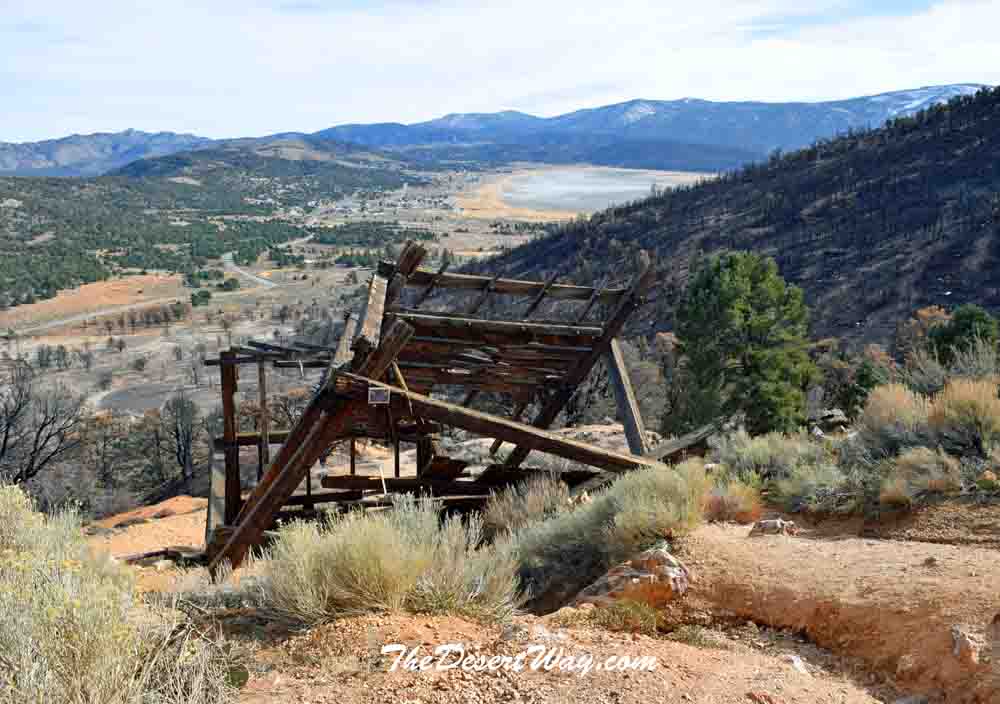
The gold boom of Big Bear was a fleeting one. After only 8 months of operation, Big Bear’s second gold rush was over due to poor ore quality. It shut down operations in 1875. The population of Bairdstown, now called Gold Mountain City on some maps, soon dwindled to almost nothing.
Bairdstown made a small comeback in 1893 when Budd Doble, Baldwin’s son-in-law, tried his luck with the mine. After investing $25,000 to cover the start up costs, the mine was reopened, even though it appears that Doble seldom made visits or took an active role in the town that bore his name.

The famed horse trainer, driver and part-time silent film actor, Budd Doble, had married Clara Baldwin, daughter of Elias “Lucky” Baldwin, in 1873. Clara was a close friend of famous Western lawman Wyatt Earp and his wife Josephine, also known as Sadie.

Born in May 1843 in Philadelphia, Budd Doble came from a trotting horse family. His father John, known as “Uncle Billy,” and three brothers, William, Frank and Charles, were all famous in their own right. When Budd Doble died on March 29, 1926 he was still active as a trainer and a race judge as well as having appeared in silent movies, known for Budd Doble Comes Back (1913).
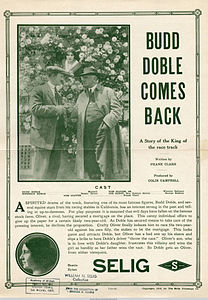
A Post Office was soon opened in Bairdstown and a request was made to re-name Bairdstown to Baldwin. This request was refused but the second request, Doble, was accepted. This ensured the that Bairdstown would forever be known as Doble. However, the namesake’s marriage was ill-fated. Budd and Clara later divorced proving, “Money can’t buy happiness but I’d much rather cry in a mansion.”
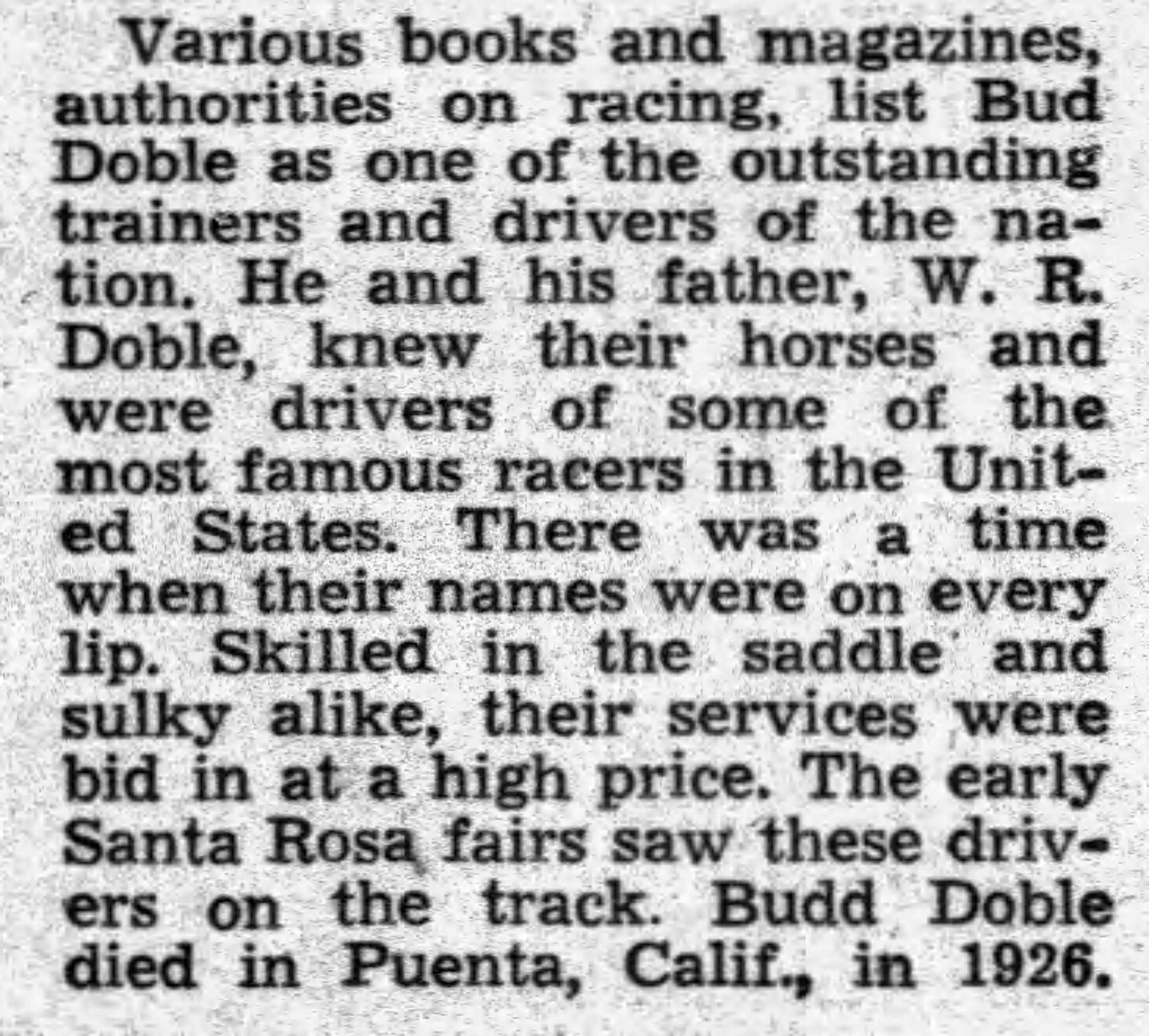
Budd Doble’s name became so famous that author Oliver Wendell Holmes wrote about him: “Budd Doble, whose catarrh name so fills the nasal trump of fame.” However, Budd Doble had very little to do with the town of Doble.
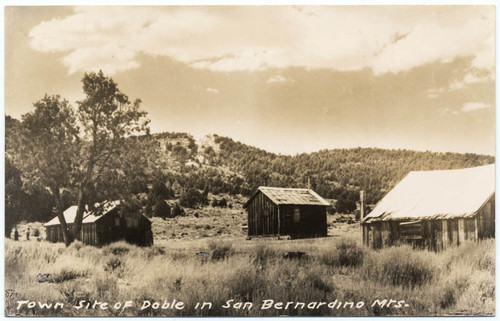
As the mineral wealth of Doble declined, Captain J. R. La Mar secured the rights to the Baldwin Mine in 1899, believing he could make a profit from the low quality ore using the new “Cyanide Process.” So, a new 40-stamp mill was built to replace the 1875 mill that had burned to the ground in 1878.
Once again, the population of Doble was growing and a school was even opened in 1900. By then, the wild west portion of the story was through, and even though somewhat profitable, the mine was shut down in 1903. Doble again was basically a ghost town.

The forlorn town site was covered with piles of trash and abandoned vehicles. This may be why on some maps today this paved portion of the Holcomb Valley Road is called Doble Dump Road.




The ruins of the 1875 Stamp Mill are still somewhat intact. Notice that almost all the trees has been cut down, even to the east and south of Baldwin Lake. Most of the trees now in Bear Valley and Holcomb Valley are second generation growth. It took 11,000 lbs. of dry pine wood per day to fuel the steam engine in the stamp mill alone.
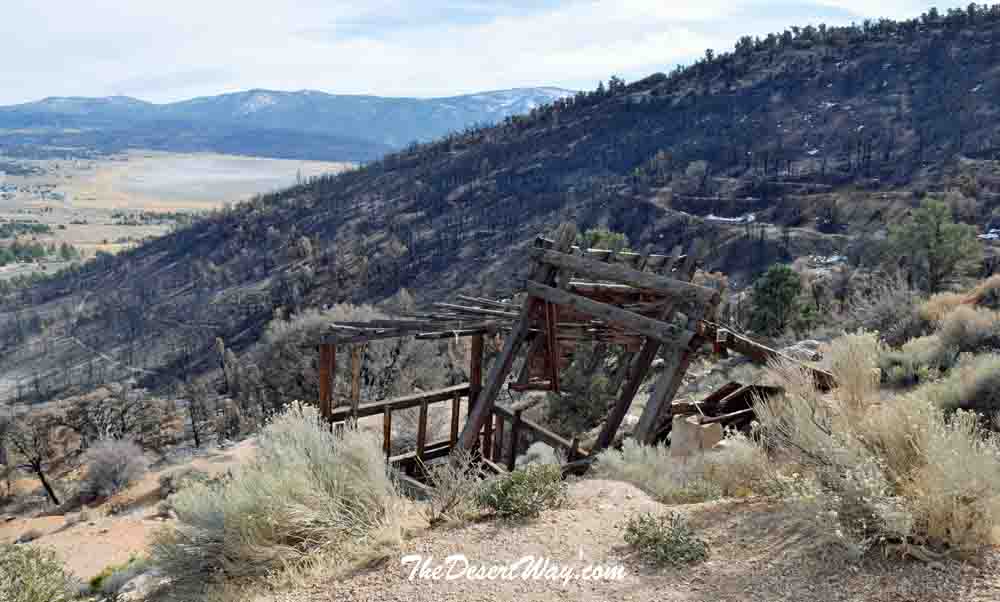
Nothing other than the cemetery remains of the old town site of Doble, which originally sat across the road from the cemetery. The 1,503 acres Holcomb wildfire in 2017 burned much of the nearby area, including very close to the Lucky Baldwin Mine. Thanks to firefighters, it was unharmed.

A modern county-operated dump facility now looms at the terminus of the paved Holcomb Valley Road. Big Bear Transfer Station is no longer an active landfill. Trash is transported by trucks to other dump facilities in the desert.


From the early 1900s through the late 1940s, different companies and individuals would occasionally step forward to invest time and money in reopening Baldwin’s Gold Mountain mines in Big Bear, but always with little success.
The mine was opened periodically when others tried their luck until the early 1930s. By this time there were just a few residents remaining. The success of the town was always linked to that of the mine. Nowadays, a few tenacious individuals have staked claims and continue to work the area hoping to strike it rich.

Now, almost a hundred years after its demise, Doble, AKA Bairdstown, AKA Gold Mountain City, exists only as a memory, and a few humble crosses on the side of a mountain.






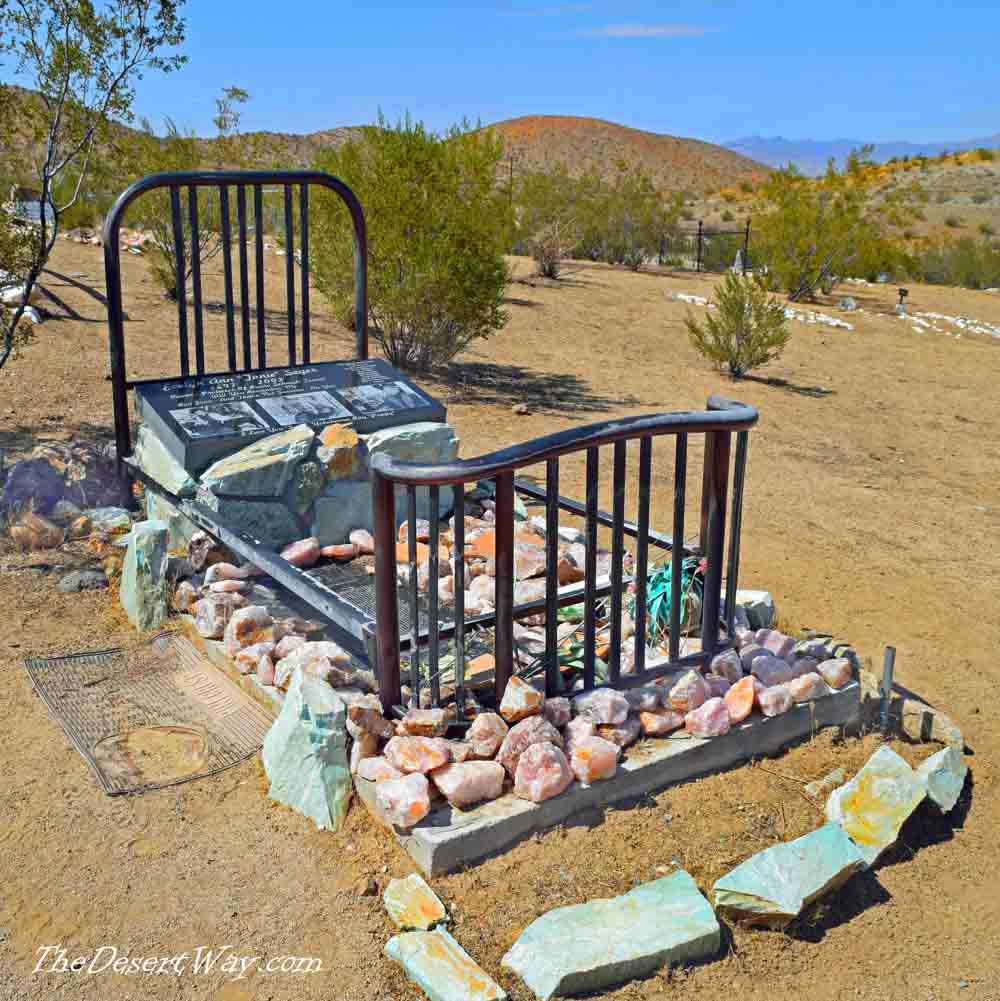
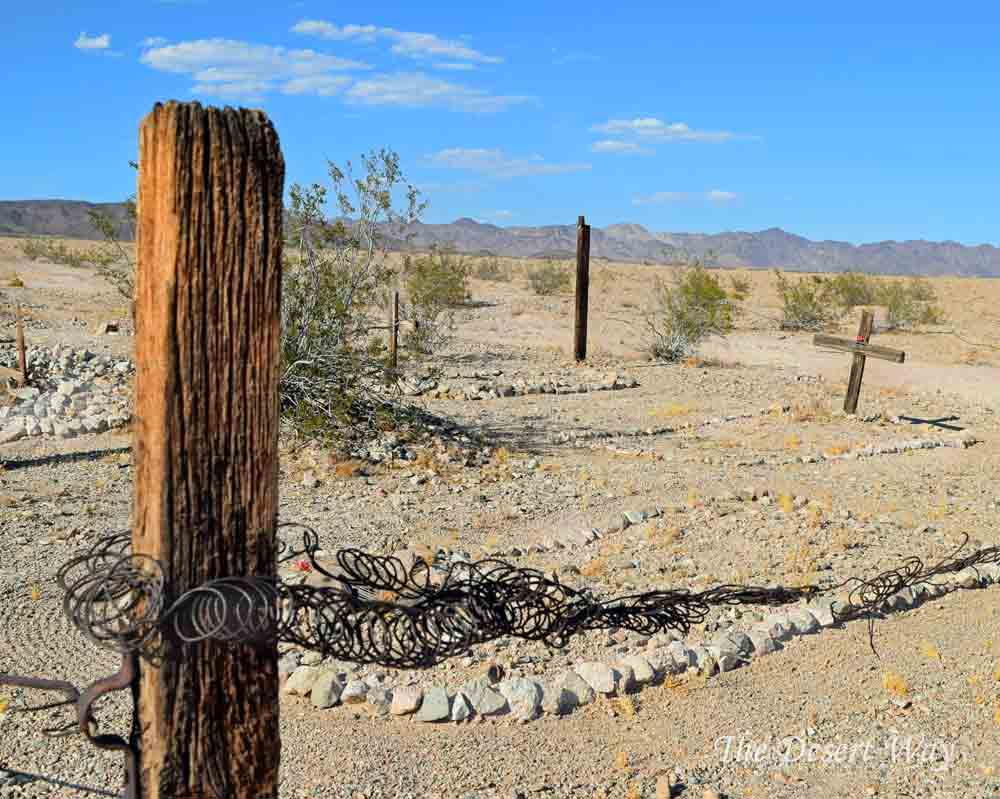
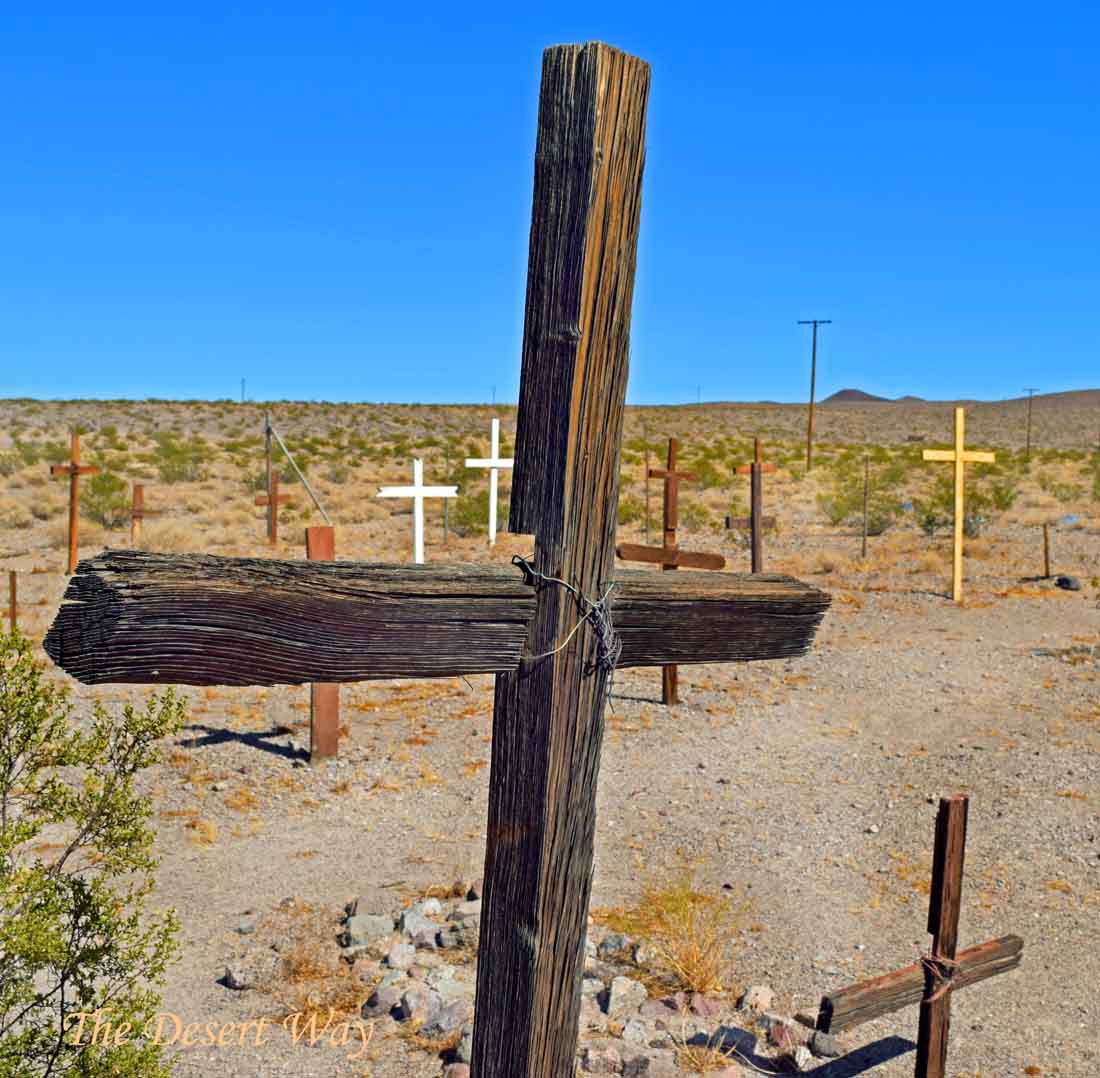
Loved it . Grew up in Big Bear Lake in the 1950’s and was on a large cattle ranch and ran cattle all over this area. Many many memories love that some one is keeping track of this area. Thank you Lynda Dean Miller
You’re very welcome, Lynda! It’s a beautiful area and very accessible from the desert. You may also want to check out our other Big Bear articles titled Wilbur’s Grave: Death and Taxes in Belleville and Big Bear: Hollywood Super Star. P.S. There’s a horizontal blizzard here in Big Bear right now! Total white out. Love!
I can remember riding motorcycles in the late 60’s and early 70’s in this area and holcomb valley and there still being many old buildings about the back country. I can also remember in the mid 70’s when the forestry service bulldozed it all. I can remember finding hundred year old empty whiskey bottles by the hundreds (which we left where we discovered).
Thank you annonomus. These are artifacts, and we appreciate that they remain where they are.
So that we can show the public the history of the area.
Tree Galey Webb, Southern California mountains foundation, Volenteer trails and Discovery center, big bear lake, ca.
As a child we hunted pinion nuts from the trees in that area .I’m old enough to remember the houses that were dilapidated but not yet torn down and lined with Sunday comics from the twenties and earlier for wallpaper. We camped in Holcomb valley every summer and looked for square nails in the old site of Belleville .
That’s awesome, Judi. Thanks for sharing your memories with us for all to enjoy.
I wish you would have left them there
a long time family friend, Bob Dolch,gave me 10 ledger books that belonged to his grandfather E Dulch who owned the Doble Market. In the ledgers are the names of each customer and what they purchased on each visit along with the amount paid. The ledgers are dated 1900, 1901. Some of the customer names include James Waterman, possible the Waterman family related to Ca Gov Waterman who had a brother named James?
I would love for these to be appreciated by someone or some entity who might be interested in these ledgers?
Hi Frank! I’m positive the Big Bear Historical Society would love to look at your ledgers! If you don’t want to donate outright, you could always lend them to the museum. We will be glad to put you in touch with the right folks. Thanks for your consideration. Here is a link to their site: https://bigbearhistory.org/
The museum in big bear would sure appreciate them! I would love to see them there. My daughter and her husband live in Baldwin Lake, and I volunteer for the forest service. Big bear is my forever home! And I love the history up here!
I’ve been coming to Big Bear since I was a child in the 80’s. Now I live here with my family. We came across this today. We were very interested in discovering who could have been out there and how long ago. All the buildings are gone now. There is no evidence of the past except for this cemetery, a hole in the mountain and rock paved paths. We noticed many patches where trees were cut down some time ago. It appeared as it was inhabited before, but that was just our assumption from what we saw. I want to thank you SO MUCH for your extensive research and information. We LOVE Big Bear and learned so much. We would appreciate any direction you can point us to learn more.
Hi joy, my name is tree. I volunteer at discovery center, soon(I hope) we will be open. I know this is 3 years later, but there is so much history in these mountains! Come hike with us!
We can fill you in on the history. We have started our guided hikes at Baldwin, and have all studied it here. Plus most of us have lived here for decades, and we know stuff.
I remember some old buildings still standing on the edge of the lakebed as recent as 2001. They were later demolished when all those mobile homes were built in 2003-2004.